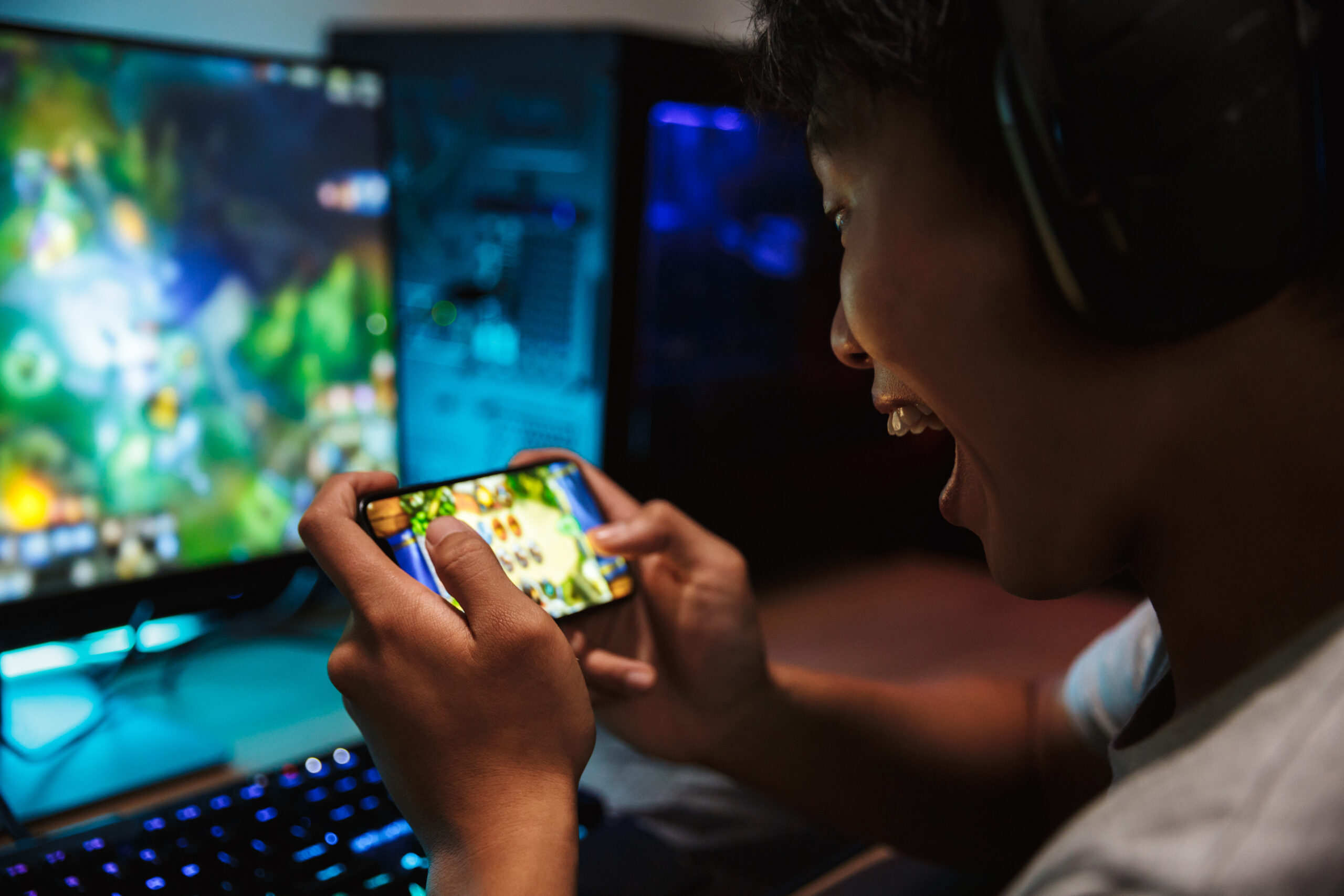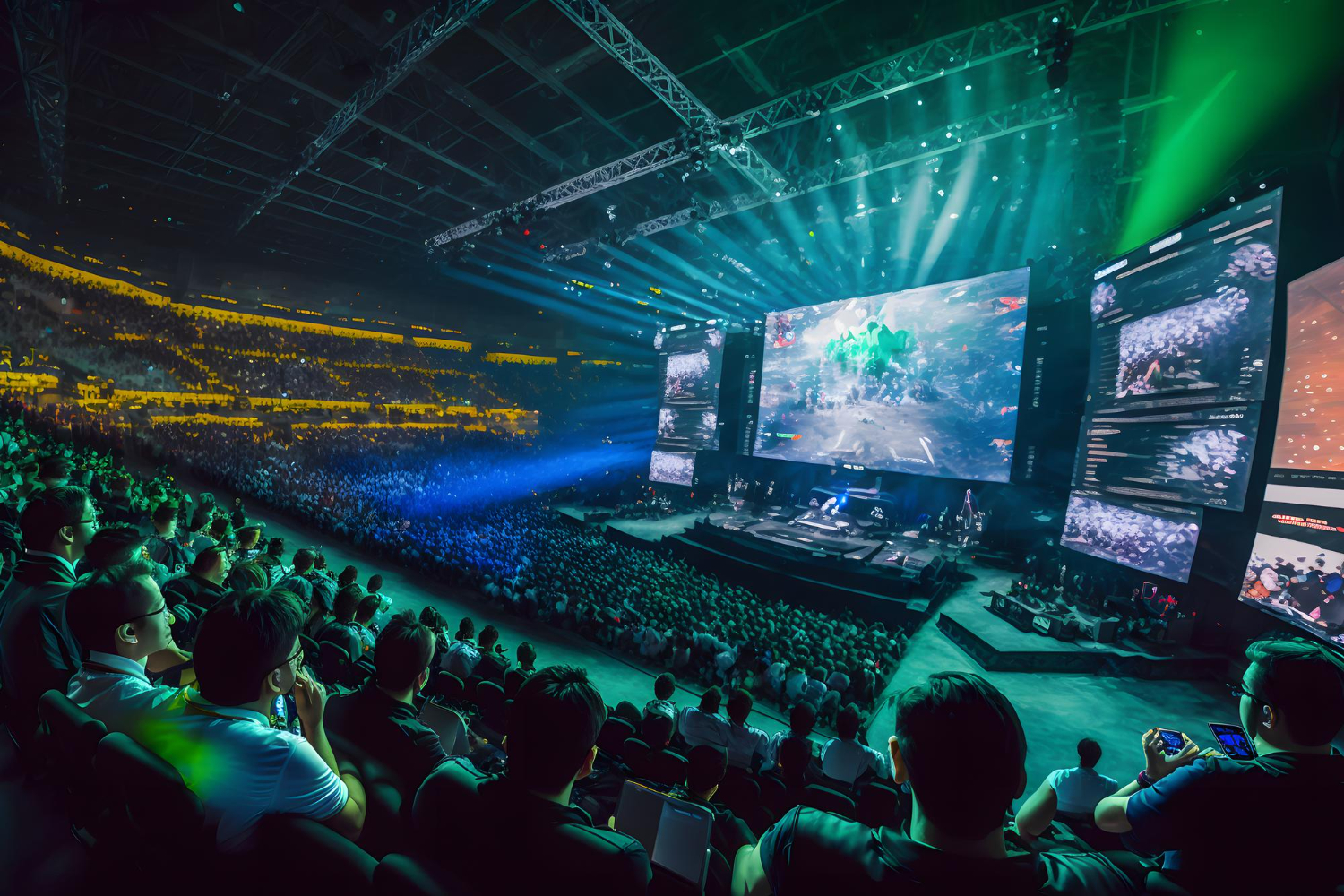The younger generations, including Generation Z and Millennials, are shifting their social interactions from the real world to video games. It can be observed that games, especially mobile games, have emerged as the new social platforms for these age groups, including the even younger Alpha generation. Consequently, mobile games are evolving to cater to the preferences of younger players and are incorporating more social functionalities as developers recognize the potential of integrating enhanced social features into their gaming apps to boost user retention rates. Let’s explore this phenomenon in greater detail.
How younger generations influence social gaming
When it comes to gaming preferences, it is evident that members of Generation Z and Alpha have a strong inclination towards playing games on mobile phones, with 69% and 73% respectively. However, Millennials exhibit an even greater fondness for mobile gaming, with nine out of ten expressing a preference for playing games on their cell phones. The growing popularity of social gaming plays a crucial role in driving the passion for gaming among these generations.
Favorite genres
As discussed above, a significant number of younger players have a preference for gaming subgenres that enable social interaction.
More than 40% of Millennials have chosen massively multiplayer online (MMO) games as their favorite genre. Similarly, Generation Z also favors multiplayer games, with battle royale and sandbox games being their preferred genres. However, it is worth noting that while these genres are popular among younger players, gaming preferences can vary significantly among individuals.
Motivations in social gaming beyond gameplay
As the use of gamification elements, such as competition and social recognition, continues to grow in various apps, the primary objective is to enhance user engagement. However, what are the underlying motivations that drive users’ attraction to these elements?
Fostering community and building connections
Today’s young gamers are actively seeking a sense of belonging within the realm of social gaming. They find enjoyment in:
- engaging with online gaming communities;
- following gaming channels;
- listening to podcasts;
- socializing with fellow gamers;
- and even attending gaming conventions.
Social gaming provides a space for players to connect with friends, family, and even strangers from around the world. The ability to engage in multiplayer gameplay, collaborate on tasks, or compete against others, fosters a sense of community and social bonding. Gamification elements, such as leaderboards, achievements, and in-game chat features, further enhance the social experience, allowing players to interact and communicate with each other.
Interestingly, half of Generation Z individuals state that they utilize games as a means of socializing, even without actively participating in the main gameplay.
Addressing emotional needs
In addition to serving as a pastime, video games are increasingly fulfilling the emotional needs of many users. Online experiences are frequently replacing face-to-face interactions for young individuals, and not only these:
- The sense of achievement and progress. Gamification elements, such as leveling up, unlocking rewards, and completing challenges, provide a sense of accomplishment and advancement. These elements tap into players’ intrinsic motivation to succeed and improve, driving them to invest more time and effort into the game. The satisfaction of achieving goals and seeing tangible progress can be highly rewarding and addictive, further fueling engagement and motivation.
- Competition. Many players are driven by the desire to outperform others and prove their skills. Leaderboards, rankings, and competitive events create a sense of challenge and drive players to strive for excellence. The thrill of competing against others and the potential for recognition and status within the gaming community can be powerful motivators for engagement.
- Self-expression and creativity. Customization options, such as character customization, avatar creation, and personalization of in-game spaces, allow players to express their individuality and creativity. The ability to showcase unique identities and creations within the game fosters a sense of ownership and personal investment.
- Escapism. Games provide an immersive and interactive virtual world where players can temporarily escape from real-life stressors and responsibilities. The ability to assume different roles, explore new environments, and embark on exciting adventures offers a form of entertainment and escapism that can be highly appealing.
Mixing realities
Gaming has expanded beyond the confines of PC and smartphone screens, transforming into immersive experiences at exhibitions, battles, and e-sports competitions. The League of Legends World Championship stands as a prominent example of these highly anticipated tournaments.
The integration of augmented reality (AR) and virtual reality (VR) technologies has further blurred the line between virtual and real-life interactions in gaming. AR games like Pokémon GO overlay virtual elements onto the real world, allowing players to interact with virtual creatures and objects in their physical surroundings. This unique blend of virtual and real-life experiences has not only revolutionized mobile gaming but also created opportunities for social connections and real-world exploration.
How can marketers monetize in social gaming
Marketers can effectively monetize in social gaming by leveraging the engaged and captive audience within these platforms. Here are some strategies:
- In-game advertising. Collaborate with game developers to integrate branded content or advertisements within the game environment. This can include product placements, sponsored events, or branded in-game items. Ensure that the ads are seamlessly integrated and relevant to the game and its audience to avoid disrupting the player experience.
- Influencer partnerships. Collaborate with popular gaming influencers or streamers to promote your brand or products within their content. These influencers have a dedicated and engaged audience, and their endorsements can significantly impact purchasing decisions. Sponsorship deals, affiliate marketing, or branded content collaborations can be effective ways to monetize through influencer partnerships.
- Sponsored challenges or tournaments. Organize or sponsor in-game challenges or tournaments that encourage players to engage with your brand or products. This can involve offering rewards, exclusive content, or prizes to participants. By associating your brand with exciting and competitive gameplay, you can increase brand visibility and engagement.
- In-app purchases and virtual goods. Create branded virtual items or in-game content that players can purchase using real or in-game currency. This can include branded skins, accessories, or special items that enhance the gameplay experience. Collaborate with game developers to integrate these branded items into the game’s virtual economy.
It is essential for marketers to understand the gaming community, respect the player experience, and ensure that any monetization efforts are authentic and relevant, and add value to the gaming experience. Building trust and maintaining a positive relationship with the gaming community is crucial for long-term success in monetizing social gaming.

Portrait of happy teenage gamer boy playing video games on smartphone and computer in dark room wearing headphones and using backlit colorful keyboard
Conclusion
Marketers should recognize the immense potential of mobile social gaming. The young generation represents a significant still untapped market in the gaming industry, making it crucial to target and engage with this audience. By understanding and addressing users’ emotional needs, marketers can create a sense of connection and community within the gaming reality, fostering brand loyalty and increasing user engagement.
If you want to reach new GEOs and audiences, maybe it is all waiting for you on Telegram? We’ve prepared some material about Telegram audiences. What are the messenger’s users like this year? How old they are, what they do, and what they are interested in!







